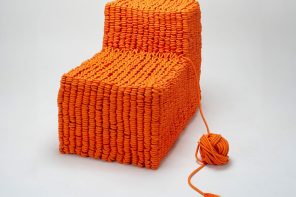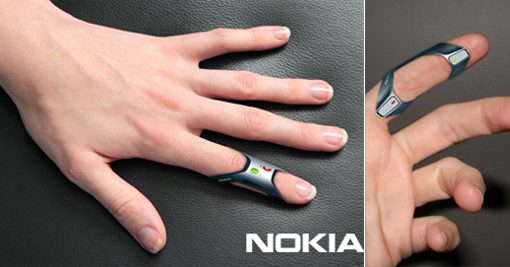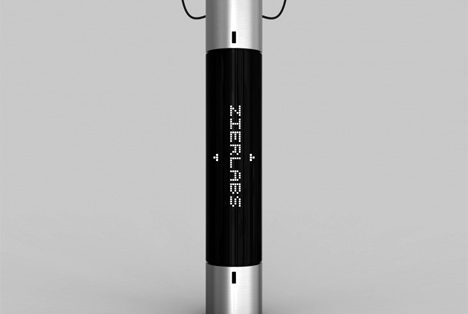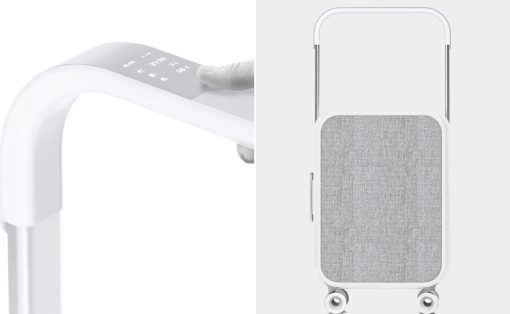Drones have become ubiquitous in recent years when it comes to wide video shots that encompasses a huge amount of space, whether it’s concert festivals, a beautiful landscape, or if you just want to have video of kids playing around in your backyard. But there are also a lot of other uses for drones rather than just documenting a place, an event, or whatever it is you want to capture. It can now even be used for research and studies about various things, including a forest biodiversity.
Designer: ETH Zurich


The Zurich-based roboticists have come up with a drone that can collect “external DNA” from birds, insects, and other organisms that leave them on the branches of really tall trees that climbers may not be able to reach. These include dead skin, feathers, waste, fluids, and other sources of DNA. These things are important in understanding how to do understand the biodiversity that exists in an area and therefore plans how to conserve and restore it.


The drone they developed looks more like your typical drone except it has several fixtures attached to it which makes it look like a lamp or something. It has a crafted wooden frame and plastic shielding to protect the drone inside. It has something called “humidified cotton” which is pretty similar to strips of adhesive tape which is able to press onto the branches of trees and then collect the materials on the surface. Researchers will be able to extract the needed DNA from these strips once they’re back in the lab.


Hopefully there’s also something in the drone’s structure that will be able to protect the materials that it was able to gather. The are still working further on developing the drone so that it can get higher up than what it currently can. They’re also planning to “teach” it to collect materials in other conditions and circumstances. It would be interesting to see how robotic biodiversity explorers can help various researchers in this sphere.
























